Blog
In Defense Of Bizarre Architecture
Commies love concrete. Rolling Stone reporter P.J. O’Roark famously made that observation in 1986 while surveying Eastern Europe’s landscape from 15,000 feet. This would have been a fairly easy conclusion for him to reach as he was flying over the Soviet Bloc in 1986. Grid after desaturated grid, block after featureless block, high-rise after looming, oppressive high-rise. The era’s Communist city planners from Poland to Beijing were waging a war against joie de vivre and their weapon of choice was concrete.
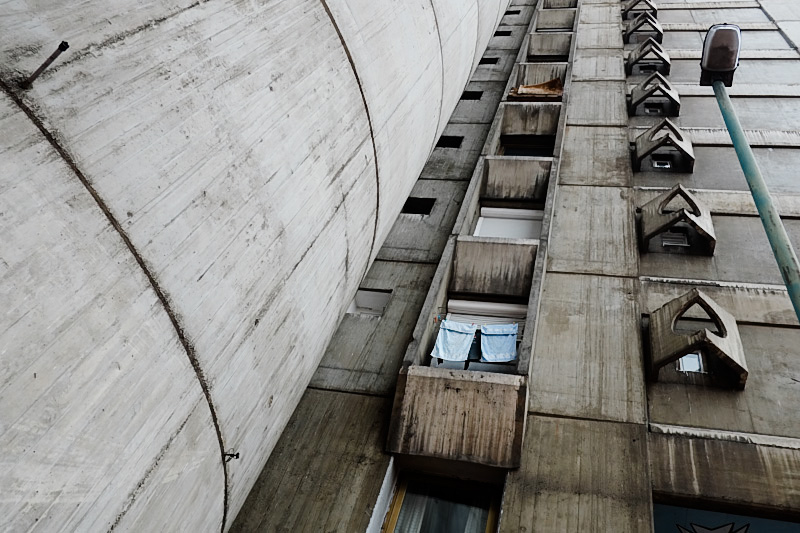
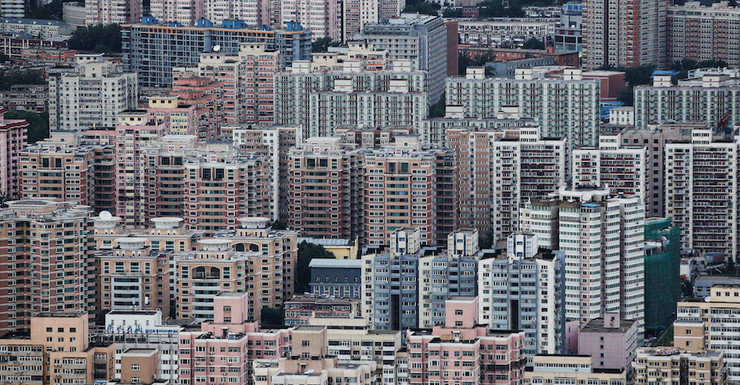

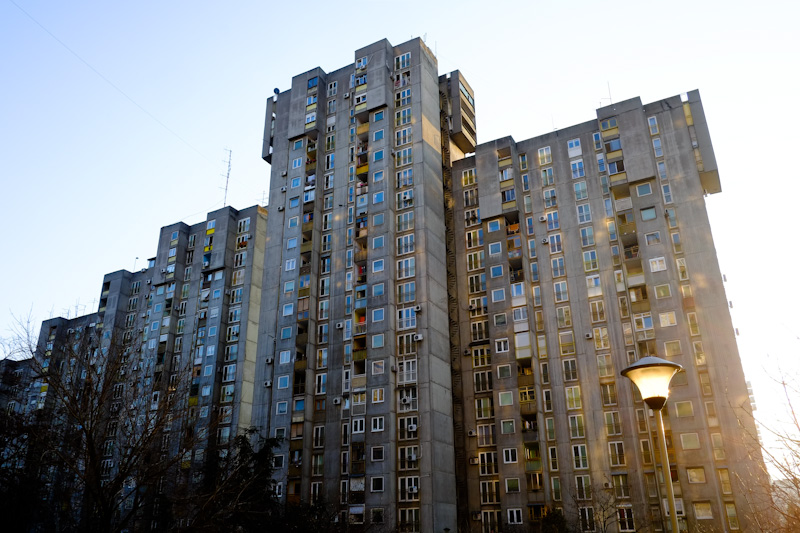

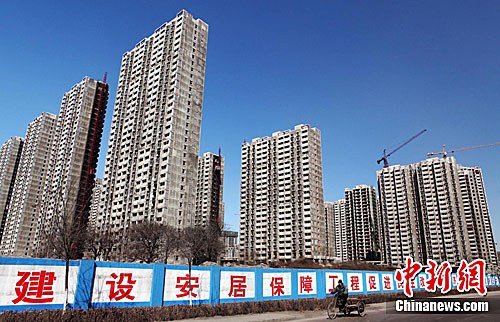
Eventually, the Berlin Wall crumbled–as all concrete does–and the freedom that people experienced as a result came with a desire for more distinctive architecture and a greater sense of place. With a determination and dauntlessness typical of Eastern Europeans, they went for it. Big time.

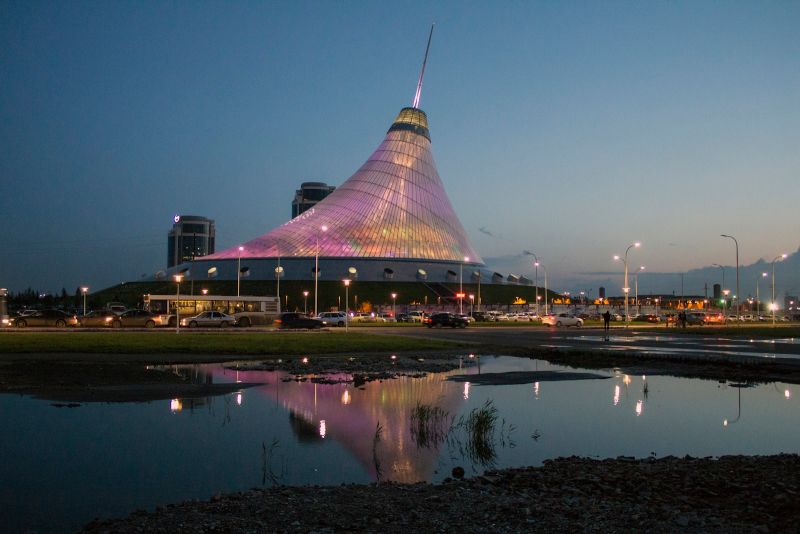
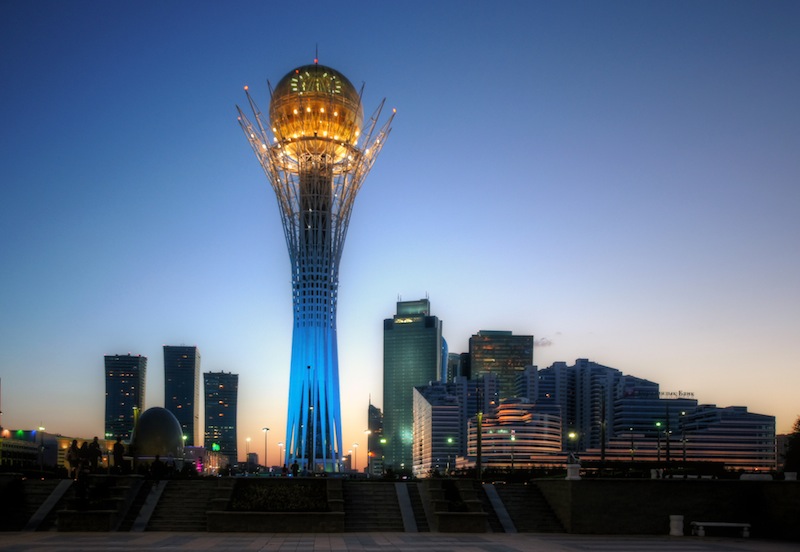

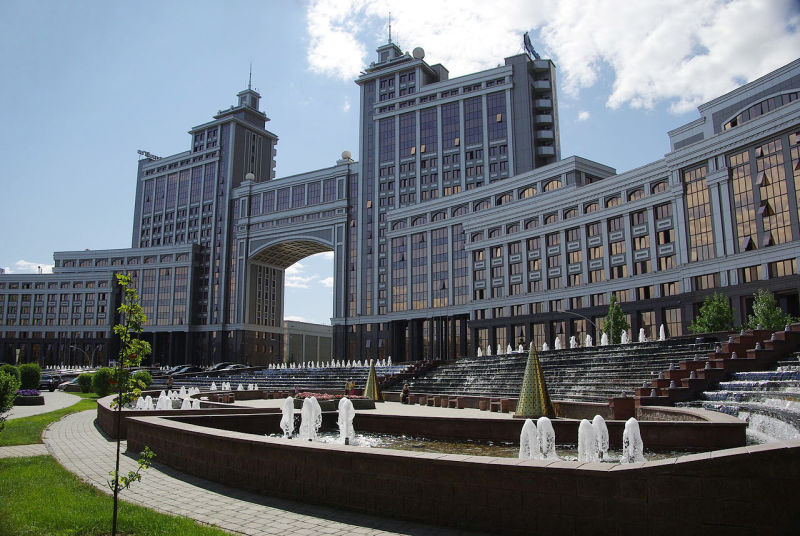
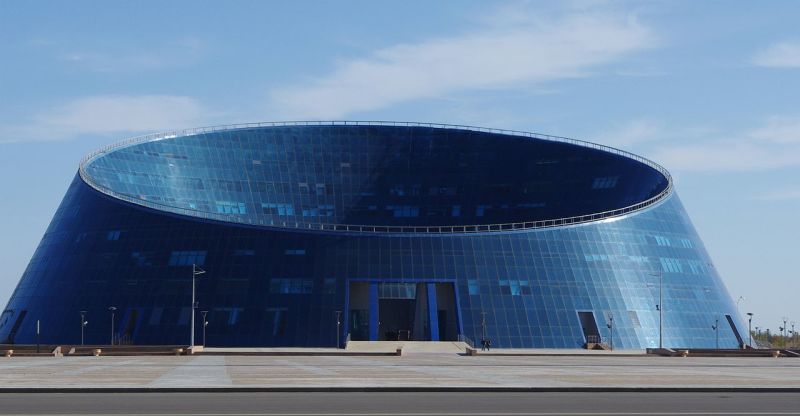
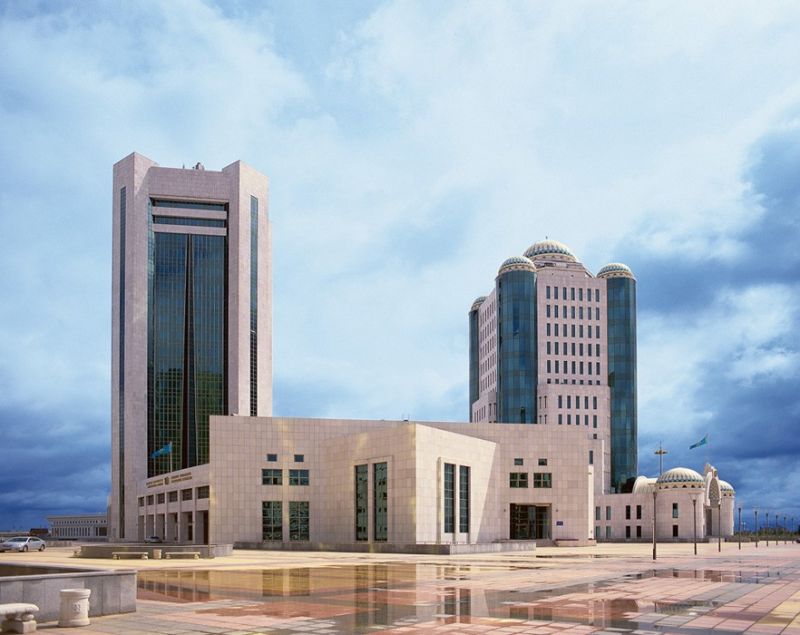
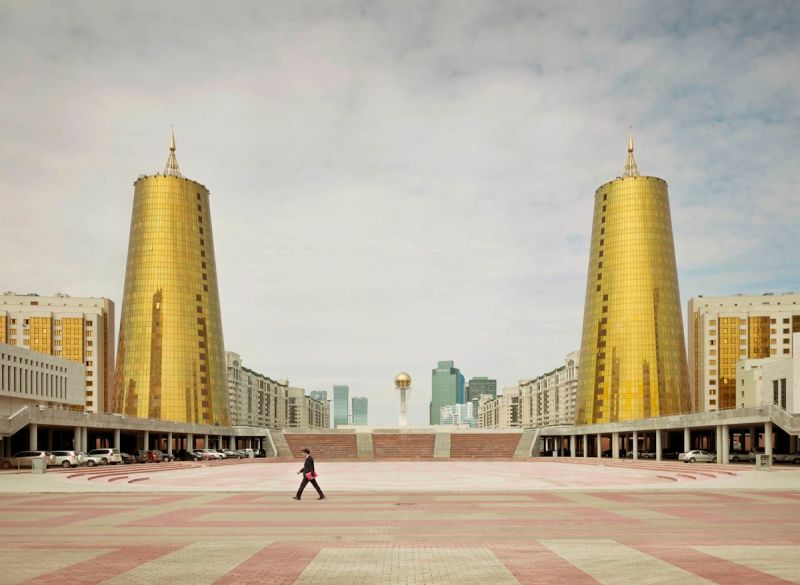
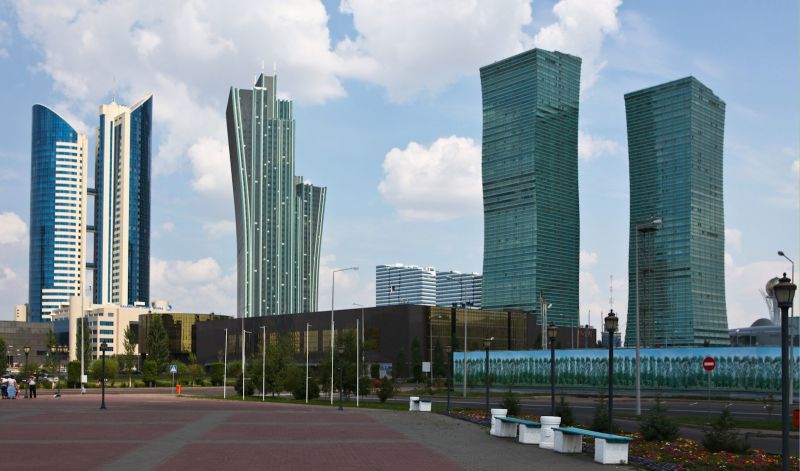
Loosening restrictions and cultural reforms have had a similar effect in China causing a crop of genre defying architectural wonders to sprout up in recent years.
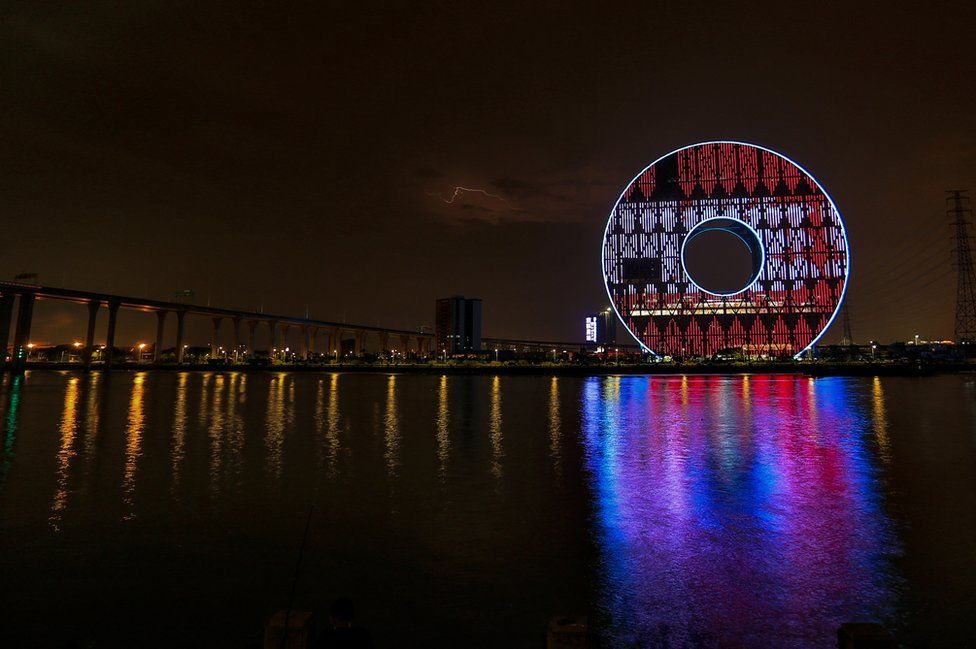




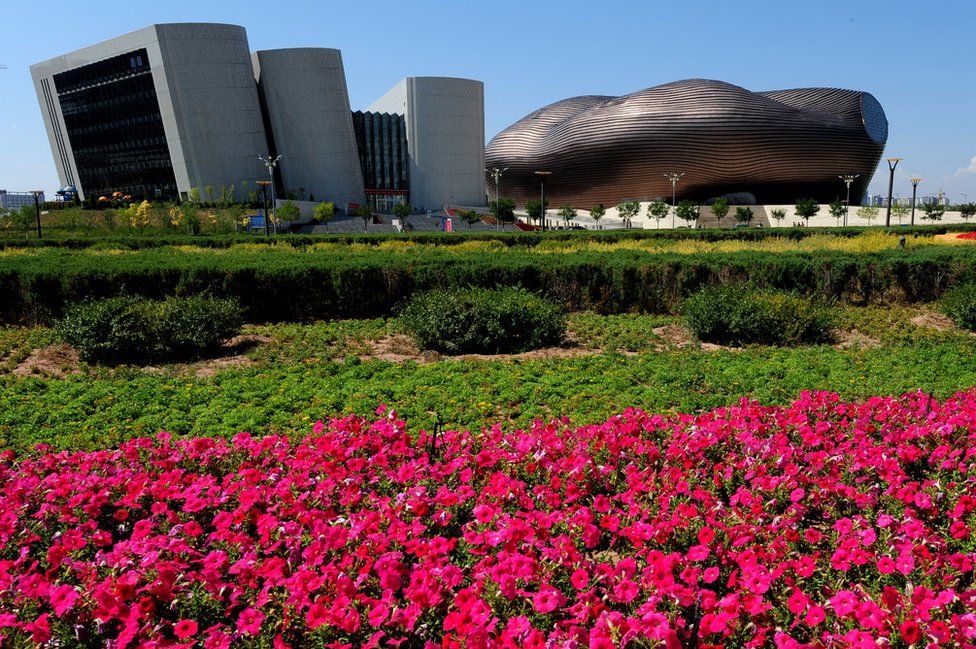
So, of course, the government now wants to put an end to it.
The Chinese government has recently issued a New Directive criticizing some of the “oversized, xenocentric, weird” buildings in the country and outright banning “bizarre architecture”. Like many such ideas, it’s fine in theory but will be disastrous in practice. The line between that which is beautiful and a cultural good, and that which is bizarre and xenophobic will now be defined by the same crowd that brought you the Great Leap Forward.
One imagines hopeful architects approaching the newly crowned Minister of Culturally Appropriate Aesthetics with renderings clutched in trembling hands. “If it pleases your exaltedness, might you deem my humble vision an Aesthetically Worthy Cultural Asset so that it might one day grace the skyline of our city?” Squinting one eye at the renderings and cocking his head a bit the Minister replies, “looks good. Loose all that glass, though. Concrete’ll do just fine.”
There’s a story and a dream behind weird architecture. It adds local color and it’s a far cry more inspiring than slab after slab of cold concrete. So while buildings like the Tea Kettle aren’t exactly my cup of, well, tea, I still love them for their adventurous spirit. I want them around and I hope the Chinese government will still allow some architects to get weird once in awhile. The weird ones inspire us and give us the courage to take risks with our own work.
Make it big. Make it shiny. Make it pink if you want. It’s okay with me if it’s bizarre.


Recent Comments